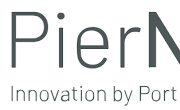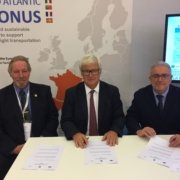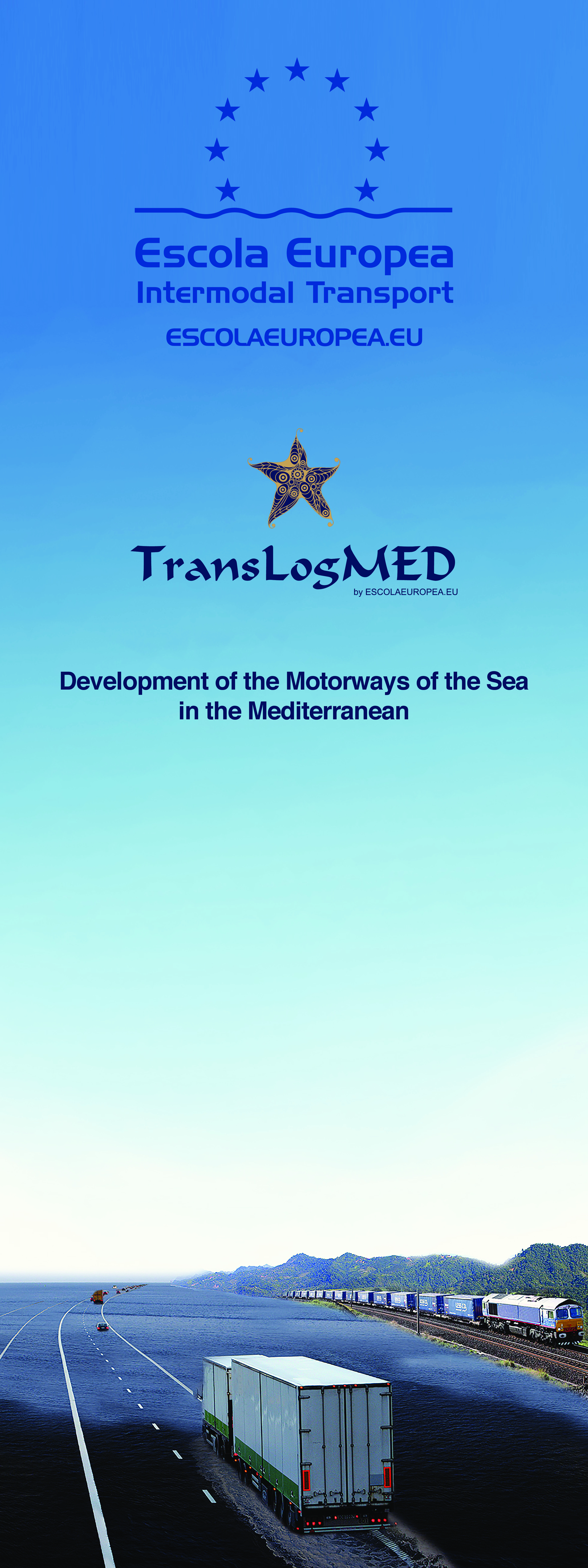I would like to take this first opportunity offered to me as the President of the Escola Europea to address all of the alumni and readers of the ODISEO newsletter.
I took up the post of President of the Port of Barcelona a few weeks ago, and in this time I have been experiencing this multifaceted reality of the Port – or ports, because there are more than one – its different activities and projects and the people that comprise its community.
From strategy to infrastructures
In the development of the duties that have been entrusted to me, I keep in mind the mission of the institution that I represent: the Port itself. In its most traditional version, it is the body responsible for the development, construction and management of new infrastructures. It is also responsible for guaranteeing services that facilitate the competitiveness of its customers, and for creating value for society: infrastructures and services of the society to which we are indebted.
The final goal is clear and we have many ways to work towards its achievement. The strategic axes that will guide our development in the coming years are sustainability and innovation.
At the same time, the Port needs to strengthen connectivity with its terrestrial and maritime hinterland in order to increase the agility of the logistics chains that pass through the port area.
On the terrestrial side it is necessary to finish road and rail infrastructures that grant access to the port, to increase its current capacity and improve connections, both with the rest of the peninsula and with France and the rest of Europe.
In the maritime dimension of the hinterland, the Motorways of the Sea must play a fundamental role. Our connections with Italy and with the Maghreb have to be developed to allow for a greater agility of the passage of goods and improved door-to-door services. The Maghreb is today a key region in Europe’s construction project. Its development is a necessary element to achieve the stabilisation of the region.
It should be noted here that in both rail and maritime services, an acceptable solution must include both of the nodal infrastructures and transport corridors that connect them. The final solution depends on everyone involved, so doing it right at the port is no longer enough. It must be done well from beginning to end. The port can make the investments within its territories, but it becomes necessary to have equivalent infrastructures present in the destination nodes. This requires a different action that depends on third parties, which in itself poses difficulties and uncertainties.
A part of the solution must come from the development of transport networks that arise from the design and implementation of the Trans-European Transport Network, so that they can be extended and integrated with those of the rest of the Mediterranean countries. This Trans-Mediterranean network must be the engine of change in the region.
From infrastructures to logistics communities
Once we have the infrastructures, it is necessary to develop high quality and competitive maritime and railway services. Customer-oriented logistics communities, in which competitiveness, quality and proactivity in the management of services and efficiency are the main axes of the action.
We need ports that work and are built as a team, especially in terms of collaboration between public administrations and private operators. Two worlds that seek to establish a dialogue and cooperation to harmonise their interests and activities. Customs, inspection services, police … Each one with its obligations and responsibilities is looking for a way to respond to customers, while continuing to innovate and find better and more effective ways to preserve the environment as a source of wealth and development of the societies to which they must provide services to.
From logistics communities to the people
Complex infrastructures that provide complicated services, are innovative and sustainable, and contain competitive logistics chains in an uncertain and changing environment are not easy to maintain. Finding the people capable of doing it isn’t either.
The ports, in their current state, with the collaboration of the training centres, can be the organisations that facilitate the development of people in the sector, provide quality training and the develop the competencies that allow effective management of operations and ultimately lead to customer satisfaction. Generating value today goes through the recruitment of talent, which in turn happens to employ and retain the people capable of providing it.
Talent can be bought or built. For the first, money is needed. For the second, it takes vision, conviction, determination, patience and perseverance. And the results at the end are not the same. The first solution is ephemeral. The second is consistent and durable. We need to train the best professionals to help build the best port in the world in the broadest sense of the term.
We can buy creativity and innovation, but it is better to have creative people with the capacity and desire to innovate. We can apply environmental measures to improve sustainability, but it is better to have people convinced of and dedicated to sustainability.
The Escola can and must help advance on this path that tries to maximise the immediate and universal value for the society. I hope I can help achieve these goals that will allow us to build a better world for all.
Mercè Conesa
President
Escola Europea – Intermodal Transport





